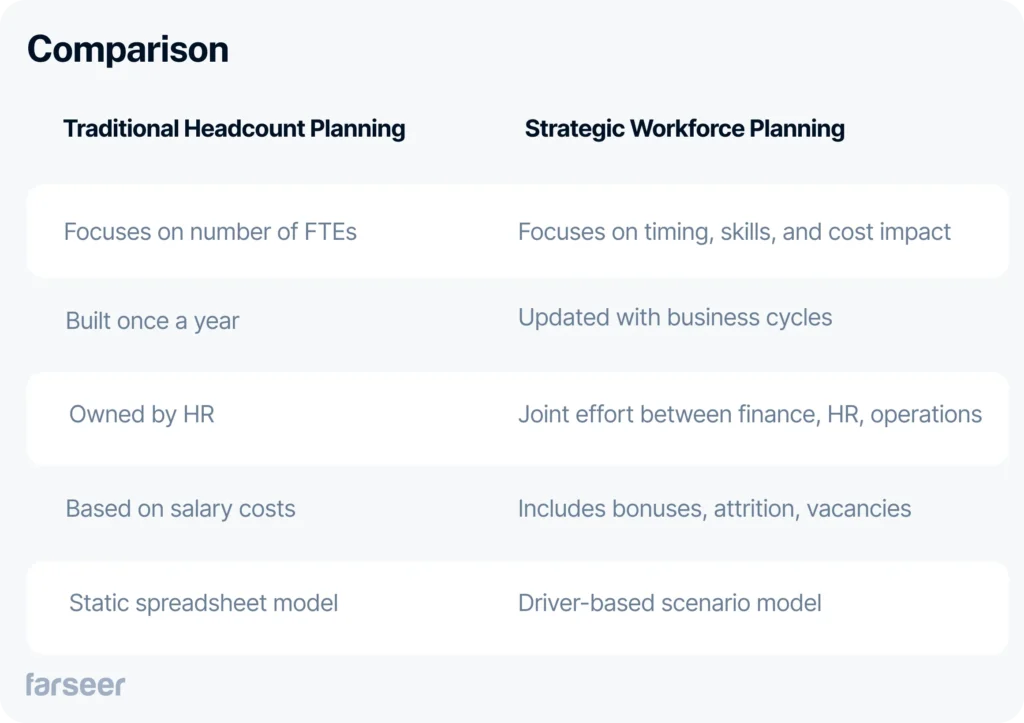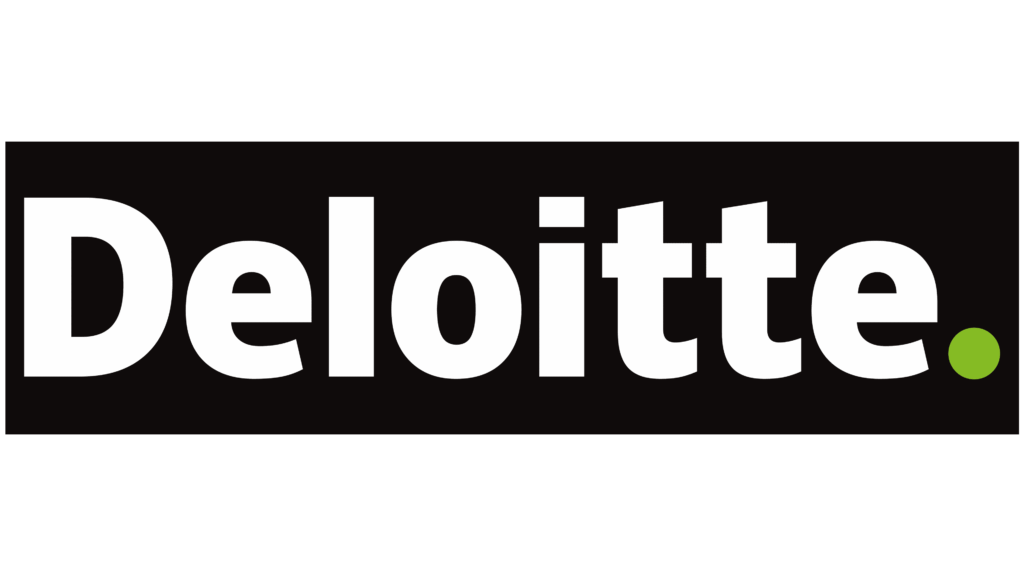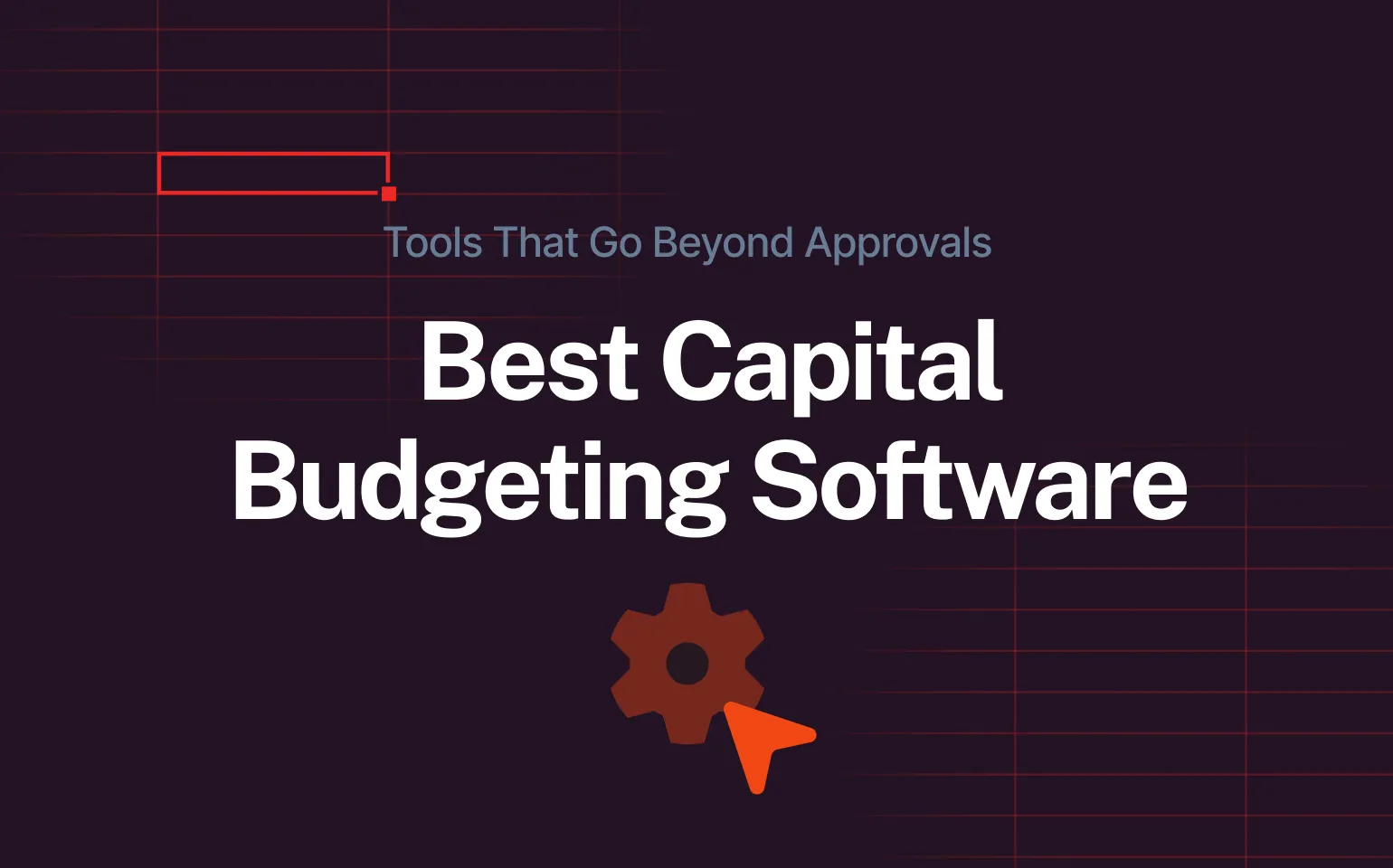Every company engages in workforce planning to some degree, even if it’s just setting a hiring target for the year or updating headcount numbers during budget season. For many, that’s where it stops. It’s basic, it’s reactive, and it often lives entirely within HR.
But things are shifting.
Workforce planning today is about making sure the right people are in the right place at the right time, and that the costs align with the bigger business picture. That’s what strategic workforce planning (SWP) is all about.
Read Strategic Financial Planning: How to Plan for Success
Instead of treating workforce planning as a one-off input from HR, finance teams are stepping in. They’re connecting people decisions to everything from revenue targets and production schedules to CAPEX plans and service delivery. Because at the end of the day, workforce cost is a strategic lever for the entire business.
In this blog, we’ll walk through real-world examples of strategic workforce planning, showing how companies are aligning people decisions with business goals, and why finance teams are taking the lead.
Traditional Headcount Planning vs Strategic Workforce Planning
Unlike traditional headcount planning, which focuses on annual staffing numbers and salaries, SWP uses forecasting, scenario modeling, and cost structures to optimize workforce timing, skills, and cost. Done right, it helps organizations manage cost volatility, plan for future skills, and avoid reactive decision-making.

Why is this shift happening now? Because workforce cost has become a key lever of financial agility. Labor shortages, inflationary pressures, and skills gaps force organizations to respond faster. Finance owns the data and modeling tools that can integrate workforce needs into broader business strategy.
The following examples show how organizations in manufacturing, infrastructure, and professional services are executing strategic workforce planning in practice.
Read more: How to Connect Headcount Planning with Strategic Goals
Four Examples of SWP in Action
Scaling Staffing for Peak Season Production
In the retail print manufacturing industry, the fourth quarter is mission-critical. A print production company, facing massive demand increases ahead of the holiday season, needed to scale from 300 to over 1,200 workers in a matter of weeks. Historically, this resulted in rushed recruitment, excessive overtime, and quality issues.
Solution: The company implemented a more strategic planning model. Finance and operations collaborated to:
- Forecast labor demand based on historical Q4 order data
- Phase onboarding and training in line with equipment readiness
- Run volume-based staffing scenarios to adjust quickly
Result: The workforce scaled smoothly, unit costs remained stable, and the company avoided costly overstaffing or last-minute hiring surges.
Long-Term Workforce Modeling in National Infrastructure
In a long-term procurement programme worth £164 billion, Dutch Railway infrastructure manager, ProRail, realized its workforce planning was lagging far behind. Project managers, HR, and finance all worked with disconnected data, and none could forecast the workforce mix required over the next decade.

Solution: By implementing a strategic workforce planning framework, they have covered the full program lifecycle. It included:
- A 5-year rolling forecast of demand by role and function
- Skills mapping to identify future shortages
- A visual platform using QlikView for scenario modeling
Result: Planning became centralized, forecasting accuracy improved, and leadership could finally align hiring timelines with funding and delivery schedules.
Dual-Horizon Workforce Strategy in Professional Services
Deloitte, one of strategic workforce planning examples, operates in a people-driven business where billable hours and skills availability directly impact revenue. Leadership needed a workforce strategy that could balance short-term resourcing with long-term transformation, including the growth of digital capabilities.

Solution: They adopted a dual-horizon approach:
- An operational plan for the next 12-18 months based on the deal pipeline
- A strategic 3-5-year plan aligned to evolving service models
- Detailed supply/demand maps for critical roles
Result: Deloitte accelerated internal mobility, aligned learning investments with demand trends, and shortened time-to-hire for key roles.
Strategic Workforce Planning in Healthcare
Faced with national shortages in clinical roles and an aging population, NHS England needed a forward-looking plan, not just for the next hiring cycle, but for the next decade.

Solution: The NHS published a comprehensive long-term workforce plan that included:
- Forecasted demand across 15+ health roles through 2036
- Investment plans for education and regional pipelines
- Coordination with hospitals and universities to scale supply
Result: The plan is now shaping training capacity, funding distribution, and regional workforce allocations across England.
How Finance Teams Can Take the Lead
Finance is uniquely positioned to lead or co-own strategic workforce planning. Here’s how to start:
- Map full workforce cost: Include salaries, bonuses, contractors, onboarding costs, and attrition impact, not just FTE counts.
- Connect to drivers: Link people needs to revenue forecasts, production schedules, CAPEX timelines, or territory expansion.
- Forecast demand and timing: Focus on when skills are needed, not just how many people are needed.
- Model multiple scenarios: Create plans for delayed project launches, sales underperformance, or increased turnover.
- Invest in tooling: Use an FP&A platform like Farseer to centralize planning, integrate data, and eliminate spreadsheet chaos.
From Theory to Execution
These cases demonstrate that strategic workforce planning is already in practice across sectors, and finance teams are at the center of its execution. With access to data, forecasting models, and cost visibility, finance leaders are positioned to turn people cost into a business-aligned, scenario-driven, and forward-looking function.
Done right, strategic workforce planning helps organizations stay ahead of demand, reduce cost surprises, and build the capabilities they need for what comes next.
For companies in manufacturing, infrastructure, healthcare, or services, strategic workforce planning is not optional. It’s a key differentiator in financial performance and operational resilience
Đurđica Polimac is a former marketer turned product manager, passionate about building impactful SaaS products and fostering connections through compelling content.



